Blog Posts Tagged Ray Optics Module
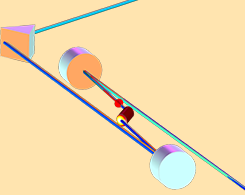
How to Analyze Laser Cavity Stability with Multiphysics Ray Tracing
If you’re looking for an in-depth example of multiphysics ray tracing, then check out this blog post about analyzing and predicting laser cavity stability in the COMSOL® software.
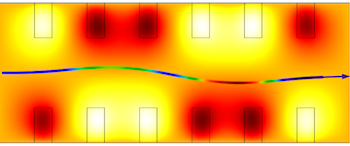
How Does the Choice of Ray-Tracing Algorithm Affect the Solution?
When performing a high-frequency optics simulation, do you use a sequential, nonsequential, or exact ray tracing algorithm? Learn how to choose to make the most of your solution.
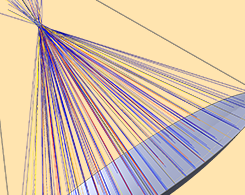
Efficiently Optimizing Solar Dish Receiver Designs
By building a simulation application of a solar dish receiver, you can efficiently test different geometries for the dish cavity to determine the optimized shape for your design.
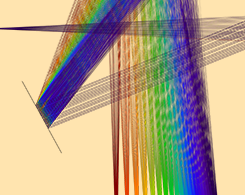
How to Use the New Ray Termination Feature for Geometrical Optics
You can simplify your optical simulations performed with the Ray Optics Module — including model setup and results analysis — with the Ray Termination feature. Read about how to use it here.
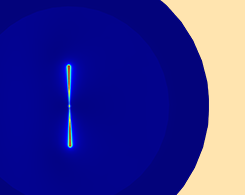
How to Couple a Full-Wave Simulation to a Ray-Tracing Simulation
Learn how to couple full-wave and ray-tracing simulations in a model with a nonhomogenous domain around the antenna. Part 4 of a series on multiscale modeling in high-frequency electromagnetics.
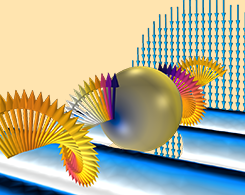
How to Couple Radiating and Receiving Antennas in Your Simulations
Learn how to couple radiating and receiving antennas in your simulations by using the scattered field formulation. Part 3 of a series on multiscale modeling in high-frequency electromagnetics.
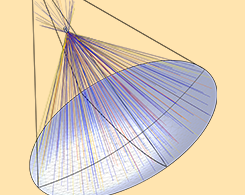
How to Model Solar Concentrators with the Ray Optics Module
Learn how to predict the concentration ratio for an idealized, parabolic solar reflector using Monte Carlo ray tracing in the Ray Optics Module, an add-on to COMSOL Multiphysics®.
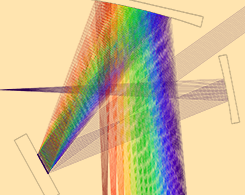
Using the New Ray Tracing Algorithm in COMSOL Multiphysics® 5.2a
The ability to trace rays in unmeshed domains, and even release and trace rays outside a geometry, has been available in the Ray Optics Module as of COMSOL Multiphysics® version 5.2a. Learn more.
